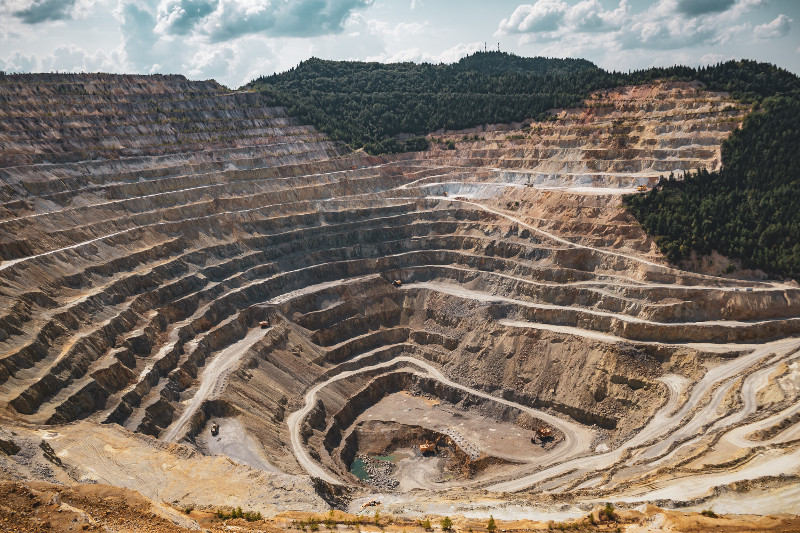| Categories: |
|---|
Estimated reading time: 3 minutes
How to measure sustainability comes up frequently in conversations among mining professionals. Questions asked include what protocol or algorithm should be used, and what measures should to be included. A lot of serious thought has been given this subject by experienced and insightful environmental managers. Yet there is still discomfort that the lists of measures or the procedure to be used may not be “correct.”
Sport analogies may help you understand a solution process in which you can have full confidence. Consider fly fishing: you don’t use the same fly for cutthroat trout in a small, high gradient stream as you would for brown trout in the lower reaches of a different river. When you’re fishing makes a difference, too. Most fishermen ask at a local shop before they wade into the stream what the fish currently seem to like to hit. Or, consider golfing (perhaps a sport to which most miners can better relate): why carry irons from #3 through #9, or different wedges, or fairway woods? Because each club has characteristics best suited to distance from the goal (the cup), position on the fairway, obstacles between the ball and the goal, and our abilities to optimally use a particular club. Different locations, goals, and local environments in these analogies dictate how we approach what we want to accomplish.
The same approach can be used to effectively measure sustainability. Rather than deciding in advance what specific measures (metrics) to use in any specific situation, ask the potentially affected stakeholders, local populations, regulators, and governments what factors are important to them for the project under consideration at the current time and location. Think of it as gaining expert insight, advice, or suggestions that help you reach your goal.
To refine your approach and focus discussions on the most suitable measurements, divide the discussion into consideration of factors in each of the economic, natural, and societal environments. Everyone has concerns in each environmental category, but their priorities of relative importance vary widely. If you apply a process that allows you to quantify these local values and beliefs, then your results are even more robust and can be used over time to re-assess how you are doing.
“Sustainability” is a linguistic variable that has no consensus definition. It is no longer adequate to describe it as a process because we can quantify it if we take the appropriate approach and measurements. As a concept it has become important enough in successfully permitting, operating, and closing mines that it deserves to be evaluated in a process that is both technically sound and legally defensible.
This work was originally published on the Applied Ecosystem Services, LLC web site at https://www.appl-ecosys.com/blog/sustainable-development-metrics/
It is offered under the terms of the Creative Commons Attribution-NonCommercial-NoDerivatives 4.0 International license. In short, you may copy and redistribute the material in any medium or format as long as you credit Dr. Richard Shepard as the author. You may not use the material for commercial purposes, and you may not distribute modified versions.


